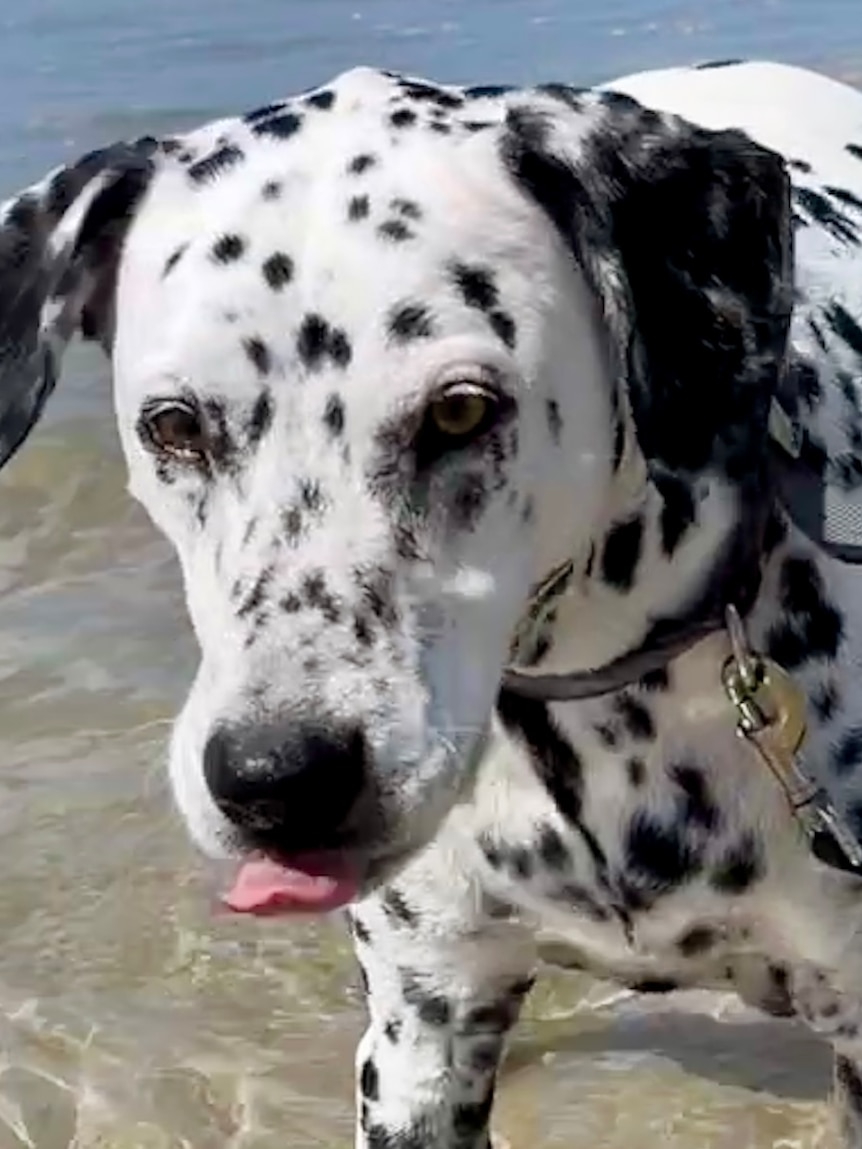SA Health has issued a warning to people to avoid contact with water from Murray River in an area from Wellington to Goolwa and across the whole of Lake Alexandrina, due to elevated levels of blue green algae.
Principal water quality adviser Dr David Cunliffe said a type of algae known as Cylindrospermopsis raciborskii had been detected in the area and that a bloom of this species had not been seen in Lake Alexandrina before.
He urged people to avoid coming into contact with water from the area downstream from Wellington to the Goolwa Barrages, including the 590 square kilometre area of Lake Alexandrina, as well as Clayton and Narrung.
Samples from the adjoining Lake Albert are being tested, but Dr Cunliffe said satellite imagery suggested that area “wasn’t quite as affected”. However conclusive evidence from the tests was still needed.
SA Health said people living or visiting the area could still enjoy fishing and boating, but are strongly advised to take extra care not to ingest the water.
Any fish caught should be cleaned and gutted thoroughly before being eaten.
Consumption of water containing blue-green algae can cause gastro-intestinal symptoms, including vomiting, bloody diarrhoea as well as fever and headaches.
Direct contact with the water may cause irritation to the skin, eyes, ears, nose and mouth.
Dr Cunliffe said it could take two to four weeks for the bloom to “run its course”.
“There’s no easy, short term fix for this,” he said.
“It’s unlikely to be over in a short number of days.”
Risk to pets, livestock and wildlife
Dr Cunliffe said the Primary Industries Department was working with farmers in the area to protect cattle.
He said potential harm to pets was of particular concern.
“Dogs go running into the water, they get their fur wet and then they lick their fur and they can get a higher dose of the blue-green algae,” he said.
“It’s really important to keep pets out of the water.”
Dr Nick Whiterod of the Coorong, Lower Lakes and Murray Mouth Research Centre said the bloom also posed a risk to “all sorts” of wildlife in the area.
“It’s a toxin so anything that ingests the water can be impacted,” he said.
Impact on Easter visitors
Milang, Clayton and Goolwa are popular holiday destinations and large numbers of visitors are expected for the coming Easter long weekend.
Betty Clark, co-owner of the Milang Lakeside Caravan Park said she had warned all her guests to stay out of the water and keep their pets safe.
She said she was “not concerned at all” about the potential for people to cancel their bookings.
“Some of these people have been coming over for 40 years,” she said.
“I’m just watching a boat go down and getting launched now.”
The chief executive officer of the Alexandrina Council, Nigel Morris, said, while council would ensure people knew about the warnings, there was a lot more to do in the region than just “getting in the river” such as the beaches, breweries and wineries.
“Boat tours are still going, [there’s] canoeing. You can still enjoy the river. It’s still visually very appealing.”
Dr Cuncliffe told ABC Radio Adelaide that this was the largest bloom of this type of blue green algae ever recorded in South Australia.
Posted , updated




